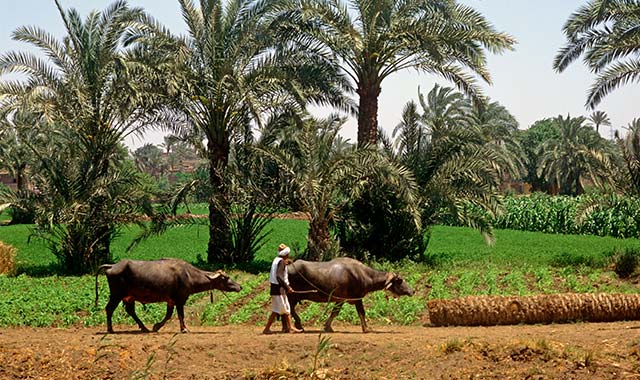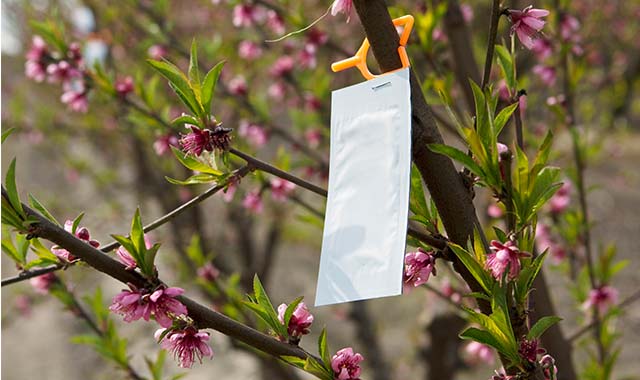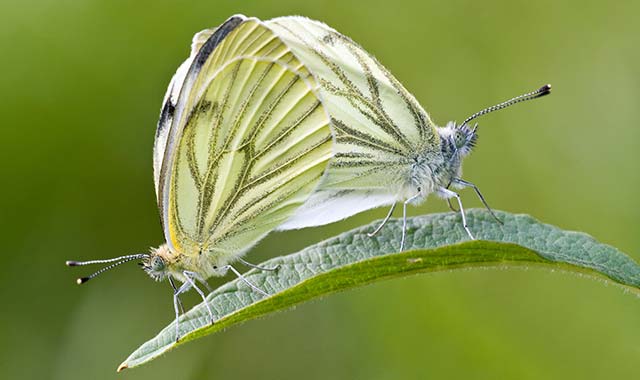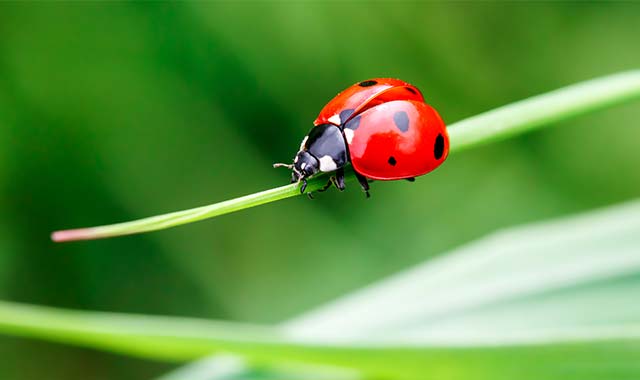Biopesticides vs. Conventional Pesticides
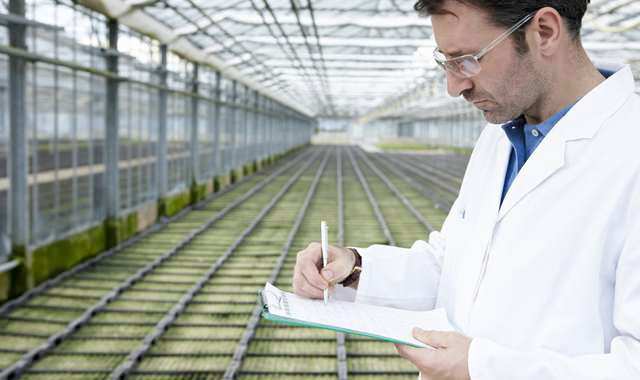
Biopesticides are one of the hottest trends in agriculture today. But what are they and how do they work?
Two Kinds of Biopesticides
Biopesticides are crop protection products derived from natural sources that are used to control pests, pathogens and weeds by a variety of means. Biopesticides are generally grouped into two major categories: microbial and biochemical.
- Microbial pesticides use living organisms such as bacteria, fungi, viruses, protozoans and yeasts.
- Biochemical pesticides use naturally occurring, bioactive compounds that control pests by non-toxic mechanisms. These include plant extracts, semiochemicals/pheromones (organic compounds that organisms use to transmit chemical messages) and organic acids.
Biopesticides vs. Conventional Agrochemicals
Conventional pesticides are synthetic chemicals (or agrochemicals). They generally work by directly killing or inactivating pests. Biopesticides, on the other hand, are naturally occurring bioactive organisms or substances.
Biopesticides may directly kill harmful organisms, or they may work indirectly by interfering with reproduction or simply repelling pests with substances they don’t like. Most biopesticides do not provide a “quick kill”, but rather suppress pests so that they can be managed over time. They also tend to decompose quickly and leave fewer residues on food and in the environment.
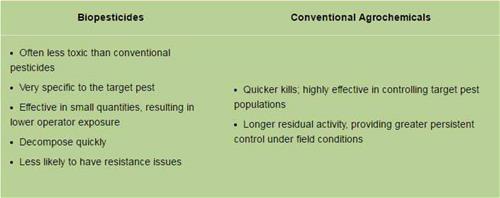
A Highly Targeted Approach to Crop Protection
One of the main differences between bioactive crop protection products and conventional agrochemicals is selectivity. Conventional agrochemicals tend to be broad-spectrum products that impact many different kinds of organisms. These products allow farmers to control numerous pests with one agrochemical, but can also negatively impact other non-harmful species in the environment.
Biopesticides tend to be highly targeted to specific pests. Because they are so targeted, they are generally considered to be more environmentally friendly than synthetic agrochemicals. For example, Bacillus thuringiensis (Bt), a bacterium commonly used as a microbial pesticide, comes in many different strains and subspecies, each of which kills one specific insect or a few closely related insect species. The protein each strain of Bt produces is highly specific to the target insect species, and harmless to other organisms (including humans and animals).

Why haven’t biopesticides replaced conventional pesticides?
Biopesticides offer a lot of advantages, but they aren’t a panacea. Because they are not commonly used and have very specific application requirements, growers need training to use biopesticides effectively. Since they are highly targeted, growers will need different products to control different kinds of pests and pathogens. And biologicals aren’t available for all kinds of pests—in some cases, a synthetic agrochemical is the only option.
Other challenges with biopesticides involve maintaining microbial viability during storage and compatibility with chemical pesticides. Advances in formulation are extending storage shelf-life and compatibility of mixed products. Also, innovations in delivery are providing new opportunities for biopesticide application.

Related Blogs
BATTELLE UPDATES
Receive updates from Battelle for an all-access pass to the incredible work of Battelle researchers.


